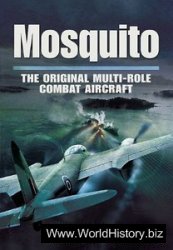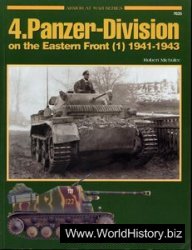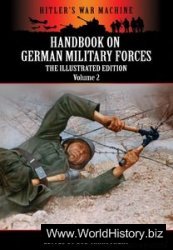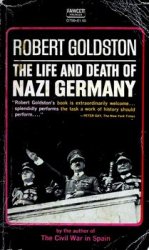Both William Wallace and Robert the Bruce have had a long-standing role in the formation of Scottish political organizations and of the dissemination of their ideologies. Some cultural critics and political scientists have viewed this appropriation of their native Scottish men as a prime example of political propaganda. While the images and historical narratives of the two were obviously exploited for political gains, the vast majority of Scots (and especially the politicians) during the nineteenth and early twentieth centuries sought to cool the heated political rhetoric that had existed for centuries between England and its northern neighbor.
Between 1852 and 1856, the National Association for the Vindication of Scottish Rights (NAVSR), which was formed by two brothers, James and John Grant, “used their literary skills to produce a myriad of pamphlets, petitions and newspaper contributions to make their case that Scotland’s right as a nation, not a region of Britain, should be recognized in complete equality with England in matters of taxation, expenditure and parliamentary time.”72 As Graeme Morton has observed, the NAVSR focused on the Union of 1707, when Scottish rights were established as being equal with English rights; now, the political party spoke of the union of British and English heroes as a link between England and Scotland: “We glory in the triumph of a Marlborough, a Nelson and a Wellington, but might we not look with pride to the achievements of a Wallace and a Bruce?”73
Formed in 1886, the Scottish Home Rule Association (SHRA) was active in the distribution of its literature much like the NAVSR, and it members were very much Unionists who now “argued for federalism” through the Liberal Party.74 In the wake of deep involvement in Ireland’s cause for home rule, in 1896 the publication Scottish Highlander printed an article in which the SHRA’s Theodore Napier used Wallace and the Bruce to refocus and energize the organization’s members:
[Scottish people nowadays] are more interested in a football or golf match than in the political welfare and freedom of their country. Was it for this our great hero-patriot Wallace struggled for so long and lost his life? Was it not for the object of delivering Scotland from English aggression and predominance? Do we not hail Bruce as the successful champion of our independence from English thralldom? And yet we have basely surrendered our political freedom to England. For a country that does not govern itself cannot be regarded as free.75
Throughout the rest of 1896, various publications such as the Scottish Highlander and the Montrose Review carried inspirational poetry that celebrated Wallace and the Bruce as patriotic Scots. It was also in this year that the SHRA marked the anniversary of Bannockburn and the Bruce’s victory with a seven-verse poem that was read on the battlefield at Bannockburn. In a keen political move, the poem celebrates both Wallace’s victory and the Bruce’s victory in 1314, even though Wallace was executed in 1305. As Morton has commented, this poem and its performance marked “the now orthodox view that it was Bruce who avenged the death of Wallace, and completed his work.”76
The Scottish National Party (SNP) was formed in 1934. In an inflammatory nationalistic speech in 1943, the party’s leader, Professor Douglas Young, invoked Wallace to object to the conscription of Scotsmen into the British army:
Wallace was against union with England, not merely because England was a feudal state (that is, a state run by the police and the bureaucracy in the interests of the landlords and the financiers), but because the English are a different nation. Wallace suffered martyrdom, in the most bestial way which the King of England could contrive, because he refused to stop doing the job that the Scots had committed to him, namely, to defend the freedom of the Scots nation in arms. . . .
Wallace died for Scottish nationhood, the greatest tribute and honour he could pay. The degenerate posterity of 1707 abandoned the cause of Scotland, Wallace’s cause, for a share of the proceeds of London’s overseas financial exploitation. . . .
William Wallace would never have believed that a day could come when Scotsmen would be hauled off like sheep to defend far-flung tracts of the London profiteer’s empire, while the defense of the Scottish homeland was committed to the polyglot and heterogeneous influx of Poles, Czechs, Anglo-Saxons, Negroes and other species. Incidentally, conscription furth of Scotland is unconstitutional under the Scots-English Treaty of 1707, which instituted a lamentable affair called Great Britain.77
Following World War II, however, neither Wallace nor the Bruce was frequently referenced by Scottish politicians, and not until Mel Gibson’s film Braveheart were these icons again seen as symbols of Scottish political power.




 World History
World History









